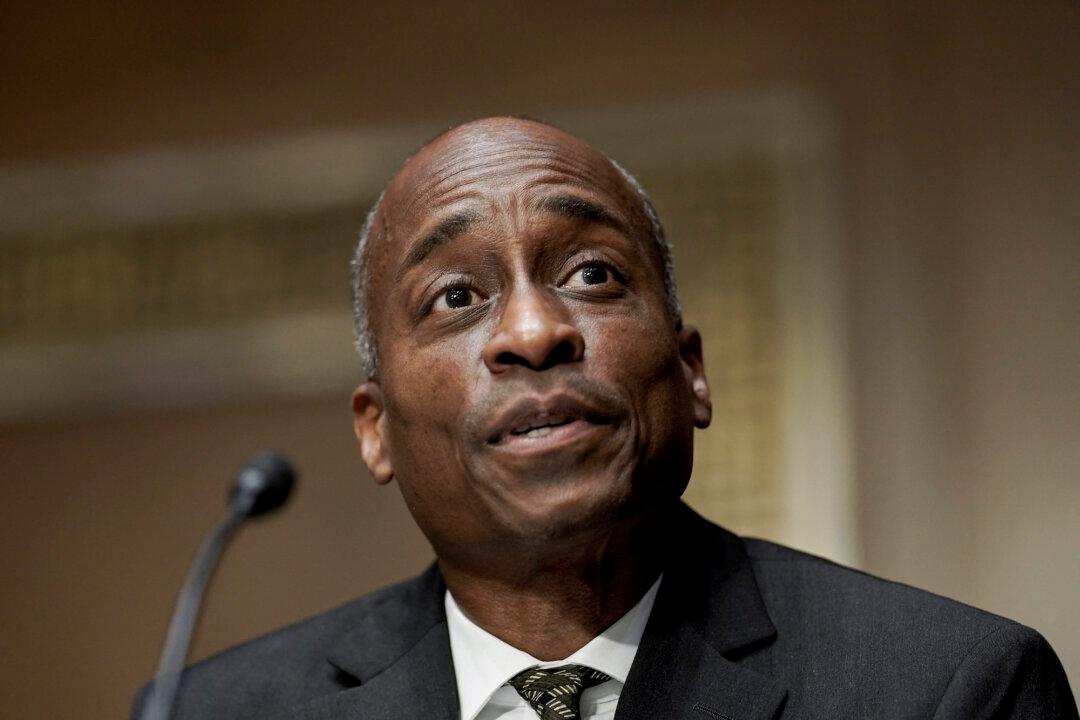Federal Reserve governor Philip Jefferson said in his first public remarks since taking office in May that current “very tight” labor market dynamics are adding to inflationary pressures while warning the Fed’s fight against inflation is likely to take “some time,” and the central bank is determined to tame runaway prices even at the cost of a hit to the economy.
Jefferson made the remarks in an Oct. 4 speech prepared for delivery at a Fed conference in Atlanta, which came on the same day that government data showed some signs of labor market softening but a continued deep mismatch between the number of job openings and unemployed workers.





